Featured Panoramic Photo Above:
Classic Charles Conlon photo of Ty Cobb sliding into Jimmy Austin
Baseball History Comes Alive Now Ranked As a Top Five Website by Feedspot Among All Baseball History Websites and Blogs!
(Check out Feedspot's list of the Top 35 Baseball History websites and blogs)

Guest Submissions from Our Readers Always Welcome! Click for details
Subscribe to Baseball History Comes Alive! for automatic updates (sign-up block found in right side-bar)
As a Free Bonus for subscribing, you’ll get instant access to my two Special Reports: Memorable World Series Moments and Gary’s Handy Dandy World Series Reference Guide!
Carroll Hardy and the 1960s Red Sox Photo Gallery
Click on any image below to see photos in full size and to start Photo Gallery:
I’ve said many times that if you look hard enough into the career of any player, no matter how obscure, you’ll almost always find something of interest. Journeyman Carroll Hardy, who passed away this week, while neither obscure nor a star, had plenty of accomplishments in his short career worth remembering. I think you’ll enjoy Paul Doyle’s moving tribute. -GL
PAUL DOYLE’S TRIBUTE TO CARROLL HARDY: Every Fan’s Underdog
“The mass of men lead lives of quiet desperation…and go to the grave with the song still in them.” -Henry David Thoreau
An obituary of an old-time ballplayer appeared in the news the other day. Memories of childhood sprang to the forefront of my mind after reading it. I found myself reflecting on the “bad old days” of the Boston Red Sox of the early ’60s. It was a time when my passion for the game was soul-wrenching, watching (or more accurately, listening to) the Sox lose yet another game. They were always trying to stay ahead of the Washington Senators and Kansas City A’s and thus avoid landing in the American League basement. The “Aw shoot, Hardy made another out” made its way out of my memory bank.
How does the brain store up such vivid memories of a journeyman who played parts of just three seasons with the Sox and leave such an ache on the psyche? One thing that keeps a fan going is rooting for the underdog. Hardy seemed to the young fan to be just such a player.
Hardy didn’t prove his value as an everyday player and was released after the 1962 season. Over time, he faded away from the majors and fell into baseball oblivion. But in reviewing Hardy’s lifetime achievements, some were truly remarkable.
Carroll Hardy was a two-sport All-American at Colorado University, excelling in baseball and football. He was drafted by both the Cleveland Indians and the San Francisco 49’ers upon
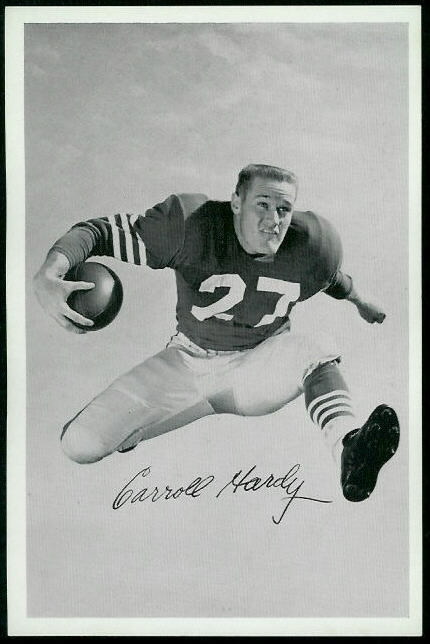
graduation in 1955. He chose the Indians and played sparingly in 1955. After the season, he made the shift to the 49’ers and played with the great Y.A. Tittle for that one year. He only caught 12 receptions that year, but four went for touchdowns. Hardy was not a starting receiver, and after the 1955 season ended he thought he had a better chance for success with baseball.
Hardy made the ascension up the levels of minor league ball, ultimately playing two years in what many believed to be the third major league, the Pacific Coast League. The Indians affiliate was the San Diego Padres. Hardy didn’t exactly set the league on fire, but in mid-1958, the Indians needed a replacement outfielder and he made it to The Big Show.
While remaining in a journeyman’s role, Hardy stepped to the plate in a May game as a pinch-hitter for Roger Maris. In a way, this was part one of the fifteen minutes of fame he achieved in baseball. Hardy blasted a grand slam home run for his first dinger in the majors.
Hardy went back-and-forth to-and-from the minors for the 1959 season but made the roster the next year. Still warming the bench, his stats were horrible in limited appearances. Yet, magically, in June, the Red Sox hit the depths of mediocrity and were looking for both outfield and catching help. This was Ted Williams’ last year. Between the firing of Billy Jurges as manager and the revolving door trying new talent, Hardy was traded to Boston along with Russ Nixon for Marty Keough and Ted Bowsfield.
Hardy’s chances still didn’t vary much. Pinch-hitting and late defensive moves were his primary roles with the club. However, late in the season, Teddy Ballgame fouled a pitch off his foot and could not continue his at-bat. This opened the door for Hardy to find the second five minutes of his fifteen minutes of fame when he became the only player ever to pinch-hit for the “greatest hitter who ever lived.”
Williams retired and a new young left fielder replaced him. Carl Yastrzemski had raw talent that blossomed into a Hall-of-Fame career. Yet, as a rookie, he struggled at times at the plate. During that 1961 season, Hardy had his last five minutes of his fifteen minutes of fame by pinch-hitting for the young left-handed hitter.
The next season, Hardy had his most active year in the majors, playing in 115 games, mostly as a platoon player, while always available for pinch-hitting duty and defensive moves. Yet he had 362 at-bats while hitting a paltry .215 with eight home runs and 36 RBI for a bad team.
After the season, the Sox traded Hardy to the Houston Astros for none-other-than Dick Williams. While Williams was a journeyman ballplayer also, he went on to become a Hall-of-Fame manager, including the Red Sox’ 1967 “Impossible Dream” season.
Hardy went back-and-forth to the minors and was traded to the Minnesota Twins in 1964. He was brought up as a late-season replacement and actually played in the season-ending series that decided the 1967 pennant. And, karma had it that the batter on deck as a pinch hitter as Rich Rollins hit the pop-up to Rico Petrocelli to end the game was none other than…Carroll Hardy.
But his journey did not end there. While playing for the Denver Bears, the Twins affiliate, Hardy used his football connections to scout in the offseason, ultimately working his way up the Denver Broncos’ organization to be an integral part of developing the famed “Orange Crush” defense. He ended up spending 24 years in their organization.
Thus, quite a career for a .225 lifetime hitter: Replacing two Hall-of-Fame hitters, and another who broke Babe Ruth’s single-season home run record. He also replaced a player who became a Hall-of-Fame manager.
Rest in peace, Carroll Hardy. You did get to sing your song…
Paul Doyle
Visit Our Web page: “Baseball History Comes Alive!” now with over 467K hits!:
http://wp.me/P7a04E-2he
Photo Credits: All from Google search
We are a participant in the Amazon Services LLC Associates Program, an affiliate advertising program designed to provide a means for us to earn fees by linking to Amazon.com and affiliated sites. Click here to view Amazon’s privacy policy

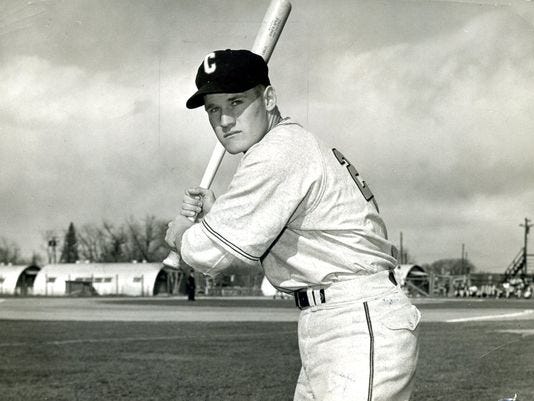
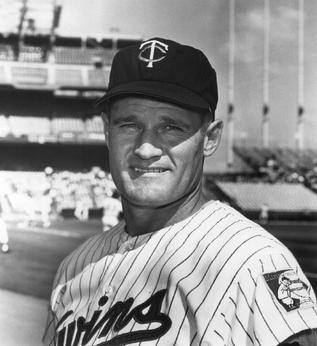
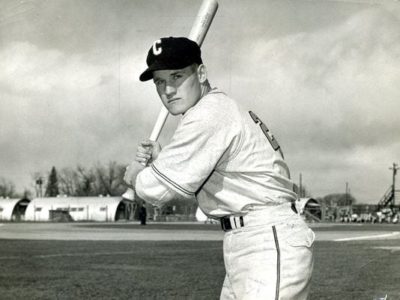
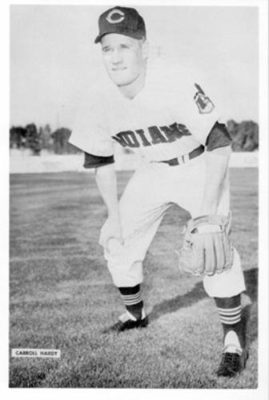
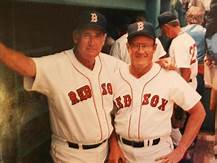
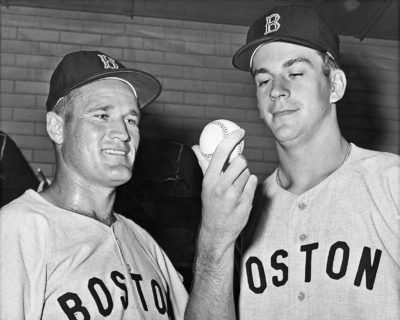
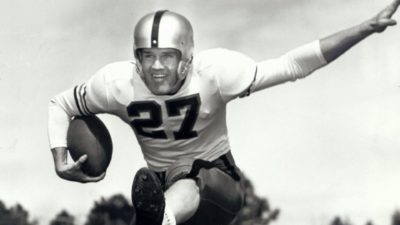
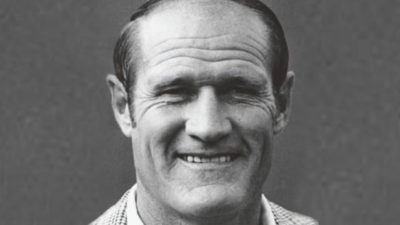
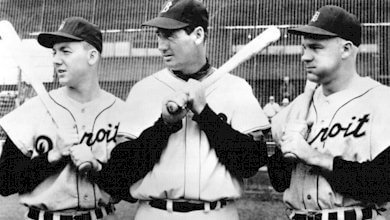
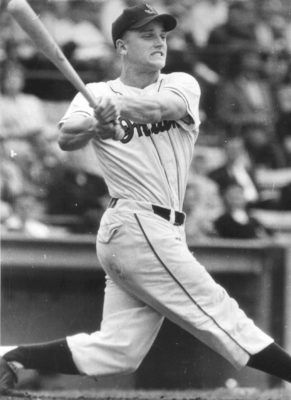
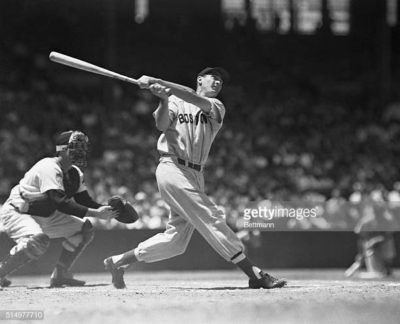
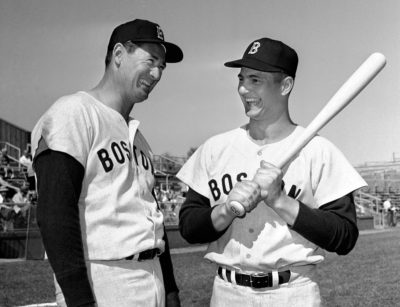
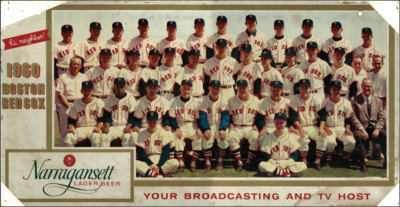
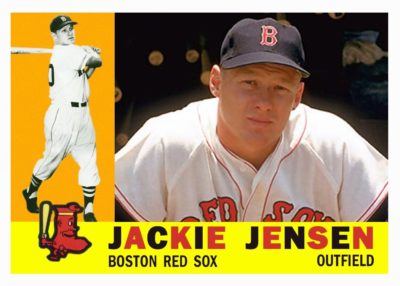
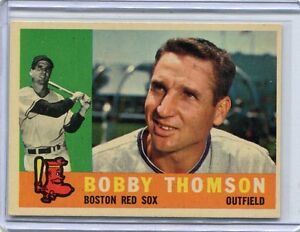
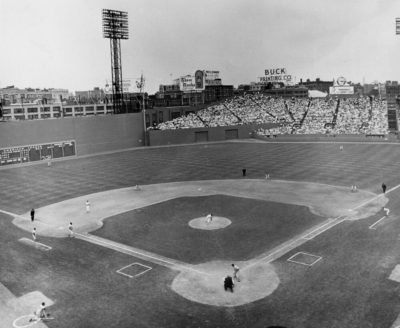
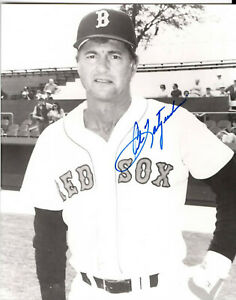
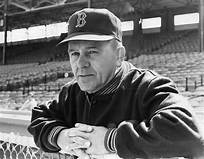
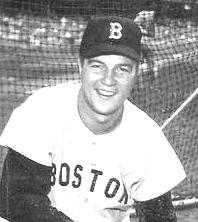
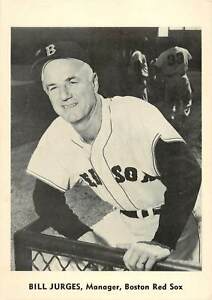
Seeing your related article on Ted Williams last game and last at bat HR, I neglected to mention that after Ted hit that
last HR, he was adamant not to tip his cap to the fans. Typical Teddy Ballgame. So, as Ted went out to left field at the top of the next inning, Manager Pinky Higgins called Ted back to the bench for one last standing ovation. Ted stubbornly still refused to acknowledge the crowd. Who replaced him in left field? None other than Carroll Hardy.
Love these articles. Keep em coming.